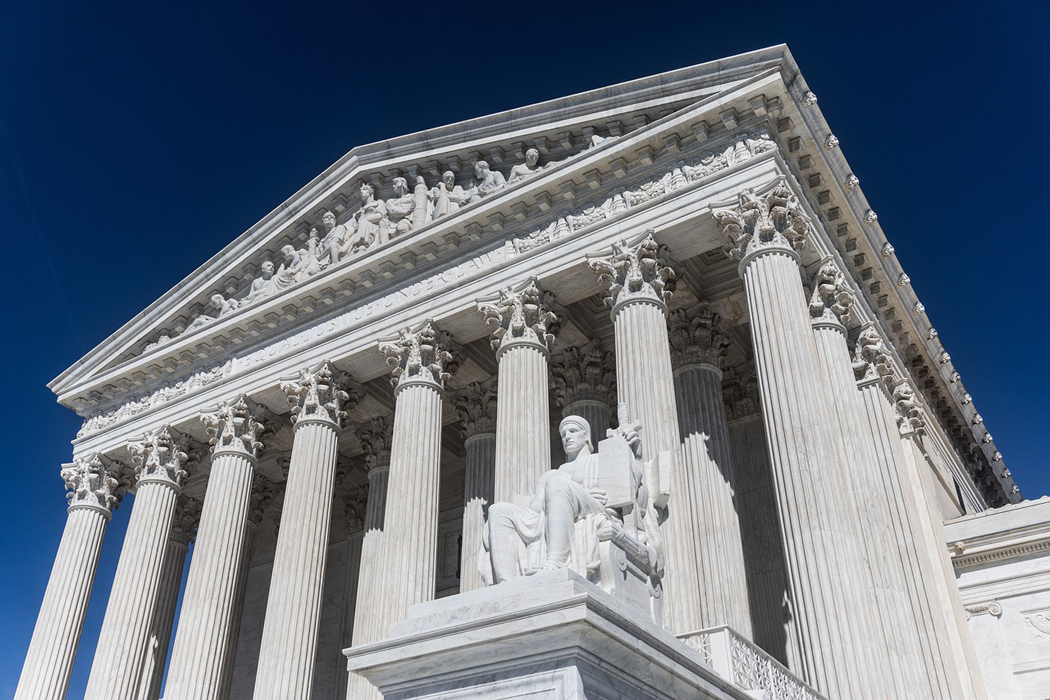
The Crucible of Desegregation
Make no mistake, says O’Neill Professor of American Politics R. Shep Melnick: The 1954 United States Supreme Court decision in the Brown v. Board of Education case paving the way for school desegregation was a historic milestone in the nation’s quest for civil rights.
But Brown v. Board also represented a missed opportunity that has frustrated America’s efforts to promote racial equality in education, according to Melnick, who explains this flawed legacy in his recent book The Crucible of Desegregation: The Uncertain Search for Educational Equality.

R. Shep Melnick
For all the magnitude of Brown v. Board, he says, the Supreme Court never specified what desegregation should actually encompass or devised a means for evaluating different methods of desegregation—nor did the court do so in the decades that followed. Giving particular scrutiny to the interactions between federal courts and agencies, the book asserts that it is administrators and lower court judges who have largely interpreted and implemented desegregation policy, with a mixed record of success and often amid highly charged circumstances.
Melnick had long planned The Crucible of Desegregation as the second of three books examining the institutional roles of the courts, government, and other key players in American education. Its publication on the eve of last summer’s Supreme Court ruling that effectively ended affirmative action in college admissions was coincidental, but as the national dialogue on racial equality in education continues, he says, remembering how Brown set the stage for that conversation is important.
“School desegregation was critical to institution building in the U.S.,” said Melnick, who was appointed as O’Neill Professor in 1997. “It established the alliance between courts and agencies that exemplified the civil rights state which emerged in the 1960s to combat discrimination not only on the basis of race but sex, language, disability, age, and other factors.”
However, he added, this quest faced immediate difficulties because the Supreme Court’s explanation for its Brown ruling was so incomplete: Instead of a convincing legal argument for invalidating all forms of state-sponsored segregation, Chief Justice Earl Warren wrote an opinion crafted to avoid inflaming the South while offering a morally compelling explanation for the court’s decision that would resonate with the public.
“He sought an opinion that would unite the U.S., and was short enough to be reprinted in newspapers and clear enough to get public support,” said Melnick, who notes that the court’s inclusion of the phrase “with all deliberate speed” served to impede compliance with the ruling.
Absent a clear Supreme Court directive, school desegregation followed two paths on the local level, he said, “both insufficient in of themselves and difficult to sustain.” The first was to take a truly color-blind approach, in an attempt to undo the effects of years of segregated education.
“At the time, this was viewed as the essential step toward eradicating the racial caste system that had long existed in the South,” said Melnick. “But overall, color-blind desegregation proved far too easy for school officials to evade and resist; in response, federal guidelines were revised to institute racial quotas, without much effort to determine to what extent ‘racial balance’ would ameliorate the impact of segregated education.”
Later, in the wake of “white flight” and the deterioration of public education in many urban areas, federal judges and administrators sought to eliminate what came to be known as “racial isolation” by mandating racial balance in schools in the North as well as the South. Underlying this approach, said Melnick, was the belief that Black students would do better academically in schools that were heavily white—and, theoretically, had more resources and a better educational culture. But this path led to a series of busing controversies in the 1970s—an era, Melnick notes in the book, that was recalled during the 2020 presidential campaign in a terse exchange between then-candidates Joe Biden and Kamala Harris. This second phase of desegregation failed to significantly close the achievement gap between Black and Hispanic students and white students.
Melnick points to Boston’s busing turmoil as indicative of the over-arching problem in carrying out desegregation: “The argument for racial balance was that mixing middle-class whites with lower-income Blacks would create a ‘culture of learning.’ That’s fine, but why do it in South Boston, which had problems of its own in terms of educational resources and culture? The underlying rationale makes no sense, but the Supreme Court guidelines made it difficult for [U.S. District Judge] Arthur Garrity to rule otherwise.”
Through Brown v. Board, according to Melnick, the U.S.—having long emphasized education as the path to upward mobility—essentially tabbed school desegregation as the driver for racial equality, and over time it became the impetus for expanding the civil rights state.
“In the U.S., we have long been willing to tolerate income inequality if we think it’s based on an individual’s efforts or degree of success. In doing so, we’ve put enormous stress on our schools to level the playing field. We created elementary schools before European countries did, for example, and we’ve spent more on education than most other countries—but with worse results.”
One of the major obstacles facing school desegregation other types of reforms, said Melnick, is that education is a highly decentralized process that relies to a large extent on local control, and is difficult to change from the top down—especially when there are far-reaching social and economic factors that reach well beyond the school grounds.
“If school desegregation did achieve some meaningful successes, at the same time it revealed more complicated issues to deal with in our education system than racial discrimination. For example, is it ‘discrimination’ if some kids begin school with a sound basis in reading because their parents read with them when they were little, whereas the parents of other kids weren’t able to? Or if one family has the resources to hire private tutors for their kids, and another doesn’t?
“The fact is, there are severe inequalities present before kids even start school, so some will go in with advantages others lack, and desegregation by itself is not going to solve this.”
